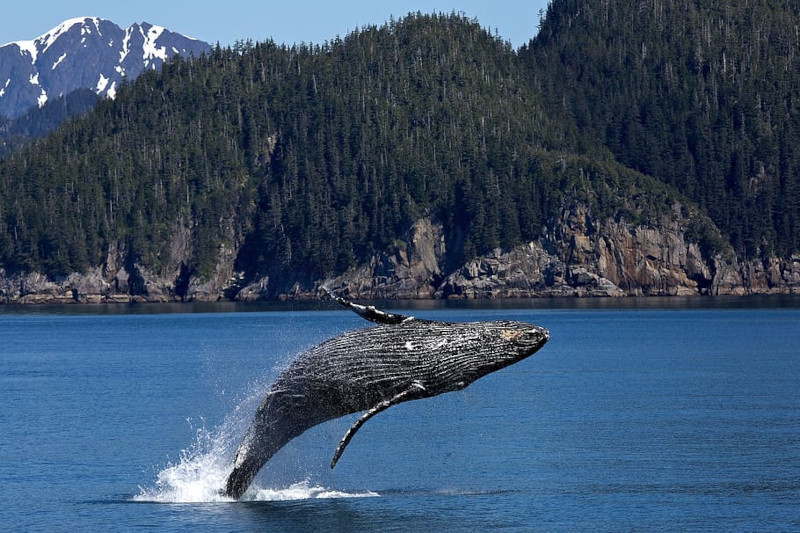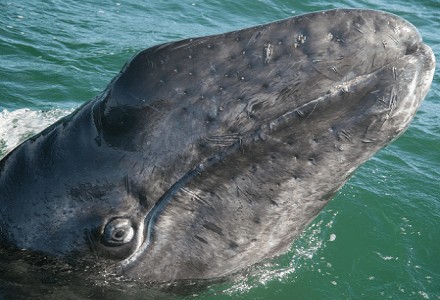
Gray Whale Facts
- Firstly, the magnificent Gray Whale ranks as a remarkable cetacean. But sadly, this remarkable species also constitutes a highly threatened one, as well.
- This holds true partly because one of its three known populations has already vanished. This population, endemic to the North Atlantic Ocean, was extirpated by whaling activities in the 18th century.
- Thankfully, however, this unique whale came under protection in 1947. Since that action, the larger of the two remaining populations has managed to make a comeback.
- Further, this larger group now numbers approximately 20,000 individuals while the smaller group contains fewer than 130 whales. Also, only a handful of females of breeding age has been detected in this group. Thus, scientists fear that this group may soon be extinct as well.
- The IUCN quite understandably, therefore, lists this grouping of this impressive ocean creature as Critically Endangered.
Related Articles
Sperm Whale Dwarf Fin Whale Minke Whale
Gray Whale Physical Description
Most notably, the gorgeous Gray Whale is a large and impressive cetacean. Further, it also represents a species of baleen whale and the only known extant member of its family.
Sexual dimorphism is also present, with males slightly larger in size than females. Males attain an average length of 46 ft (14 m), and adults weigh about 80,000 lb (36,363 kg).
Its natural coloring is a dark gray, hence the colloquial name. However, most individuals also display gray-white patterns on the body which occur due to scarring inflicted by parasites.
Yet, unlike most whales, it does not possess a dorsal fin. But, it does possess not one but two blowholes on the top of the head. The animal also displays a unique and unusual feature on the upper jaw. Small depressions line this and each depression contains one short, stiff bristle. The purpose (if any) for this remains a mystery.
- Kingdom: Animalia
- Phylum: Chordata
- Class: Mammalia
- Order: Artiodactyla
- Family: Eschrichtiidae
- Genus: Eschrichtius
- Species: E. robustus
Photographer: Eric Neitzel
CC License: https://bit.ly/2VBGIYh
Gray Whale Distribution, Habitat, and Ecology
Quite interestingly, the two surviving populations of Gray Whale occupy two widely separated regions.
Firstly, the much smaller group inhabits a small section of the Western Pacific Ocean. Its extremely limited range only extends from southern Korea to the Sea of Okhotsk.
Secondly, the larger population lives in a much larger portion of the Eastern Pacific Ocean. Due to this fact, it inhabits a range that extends from Baja California to the Bering Sea.
Yet, both populations inhabit coastal regions and engage in seasonal migrations. The migratory range of the smaller population is much shorter, however. The larger population migrates an average of 14,000 mi (22,530 km) every year.
Like related species, the animal also evolved as a filter feeder. It mainly preys on small crustaceans such as krill, but has also been known to feed on tube worms.
Finally, its only apparent natural predators are orcas, and its lifespan can reach as much as 70 years.
Species Sharing Its Range
Check out our other articles on Madagascar’s Astounding Inhabitants, Long Eared Owl, Mountain Pine Beetle, Reed Flute Cave, Knysna Dwarf Chameleon

